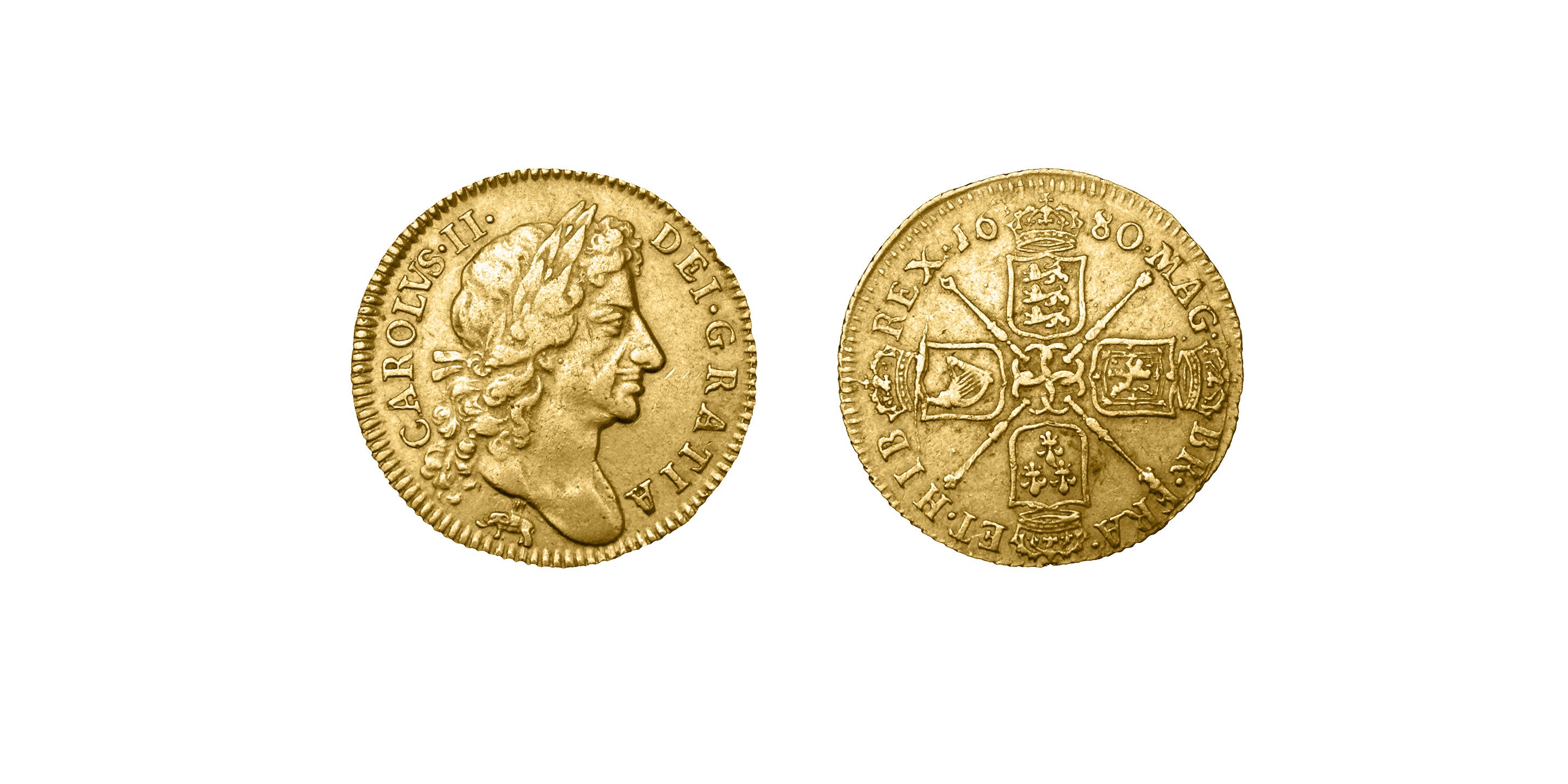The origins and its relation to the Five Guinea gold coin of Charles II
The dedication “ Decus et Tutamen ” simply means – an decoration and a safeguard. Another interpretation is ‘ glory and defense ’. so, the inscription was created to enhance the design of the coin and protect it. But protect the coin against clippers.
A clipper was a historical practise of trimming coins that existed particularly in the 17th and 18th centuries, where a little parcel of a valued metallic element coin was simply shaved off and kept aside for profits.
These illegal clippings could be collected and then melted to create products for sale. If a person managed to save up a large amount of clippings, it meant that it could be melted into a rifle or even forge coins.
The phrase “ Decus et Tutamen ” was created by John Evelyn on 10th January 1662, more than 350 years ago approved in person to King Charles II. Explaining the inscription of “ Decus et Tutamen ” was created to protect the coins. It was the practice of Clippers to shave off the edgings around the coin, Evelyn proposed that by adding the Latin text on the edge of the coin the coin, this would protect the currency and a coin would be rejected as being damaged if used.
Evelyn suggested that this system of inscription could be incorporated on the new valuable coins, such as the five Guinea gold coin, which was being minted for King Charles II new reign. However, this inscription was discontinued following the death of King Charles II. This is the reason why these historic King Charles II Five Guinea gold coins are so prestigious for collectors in today’s markets.
Today, EIC is proud to continue the tradition of using this Latin phrase “ Decus et Tutamen ” on our gold limited edition EIC Guineas representing a decoration and a safeguard to all that purchase the coins.




 Ceylon / Sri Lanka
Ceylon / Sri Lanka Assam, India
Assam, India Japan
Japan Taiwan
Taiwan Nepal
Nepal China
China Kenya
Kenya Egypt
Egypt South Africa
South Africa


